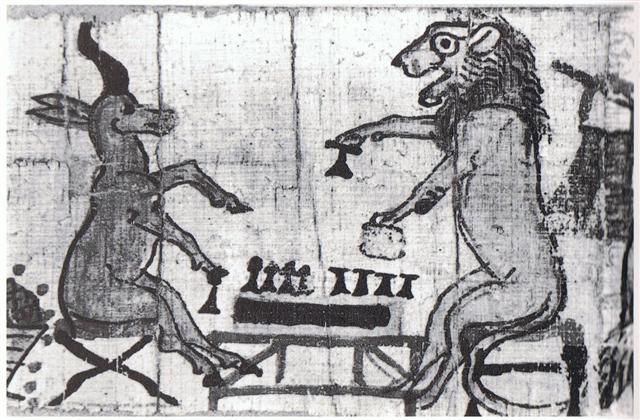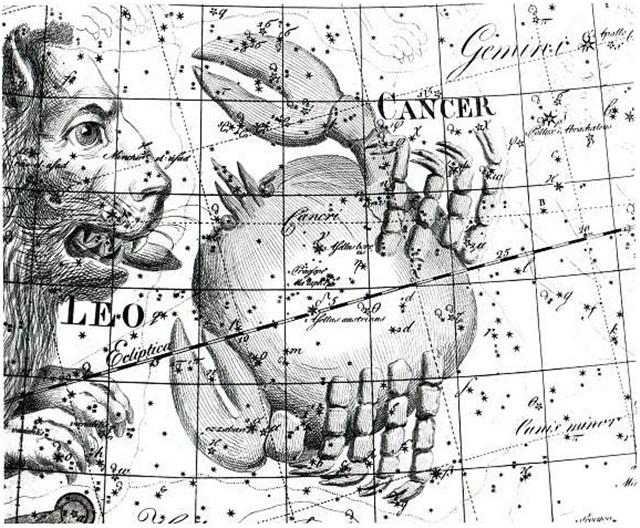|
1. Hamlet's Mill: "The virgin daughter of the air, Ilmatar, descends to the surface of the waters, where she remains floating for seven hundred years until Ukko, the Finnish Zeus, sends his bird to her. The bird makes its nest on the knees of Ilmatar, and lays in it seven eggs, out of which the visible world comes. But this world remains empty and sterile until Vainamoinen is born of the virgin and the waters. Old since birth, he plays the role, as it were, of 'midwife' to nature by causing her to create animals and trees by his magic song. An inferior magician from Lapland, Youkahainen, challenges him in song and is sung step by step into the ground, until he rescues himself by promising Vainamoinen his sister, the lovely Aino." "... Youkahainen tries to overcome the ancient sage by asking cosmological riddles, but Vainamoinen 'sings' the Lapp step by step into the bog up to his throat, and sings his magic formulae 'backwards' to free him only when the Lapp has promised him Aino, his only sister. There was also the tale of Vainamoinen searching in the dead giant's belly for three lost runes. These, unless they are treated as 'just so stories', look very much like 'erratic boulders' deposited in Finland by the glacial movement of time. For once, it is possible to trace the archaic formation back to Egypt. A young Egyptian called Setna (or Seton Chamwese) wanted to steal the magic book of Thot from the corpse of Nefer-ka Ptah, one of the great Egyptian gods, who was often portrayed as a mummy. Ptah, however, was awake and asked him: 'Are you able to take this book away with the help of a knowing scribe, or do you want to overcome me at checkerboards? Will you play Fifty-Two?' Setna agreed, and the board with its 'dogs' (pieces) being brought up, Nefer-ka Ptah won a game, spoke a formula, laid the checkerboard upon Setna's head and made him sink into the ground up to his hips. On the third time, he made him sink up to his ears, then Setna cried aloud for his brother, who saved him." The checkerboard represents the earth with its tilled fields, Ogotemmêli has informed us.
The Tree has a light 'hole' with 6 sectors, 3 small at bottom and 3 great higher up, and in the distance there is a black 'hole' like a spider's nest of small twigs, and with the perfect arrays of fields like his web. I have earlier presented this illustration (copied from Through the Looking-Glass) in my chapter The Mad Hatter. Thus the means by which Nefer-ka Ptah made Setna sink into the earth was the proper one - the surface of the earth was used to interact with the surface of the earth. 52 = 364 / 7 = 4 * 91 and also the number for a greater cycle: ... When it was evident that the years lay ready to burst into life, everyone took hold of them, so that once more would start forth - once again - another (period of) fifty-two years. Then (the two cycles) might proceed to reach one hundred and four years. It was called 'One Age' when twice they had made the round, when twice the times of binding the years had come together ... To sink into the ground is a reference to how the sky dome moves up in summer and down in winter, when a part of the sky is out of sight below the horizon, the border between sky and earth. When Lion and Gazelle are playing with the 'dogs' at the cosmic board it therefore probably is an illustration of how in high summer (the time of Leo) the part of the sky ruled by the Gazelle is pushed downwards, threatening to make her northern polar region disappear altogether:
The Cancer constellation is close to Leo. This is Bode's illustration:
The rather faint Cancer stars could lead to a conclusion that they are related to the faint 'flies' in Ursa Major which are rising at the same time, and thus to the idea that these muscidae and the stars in Cancer are 'dark forces', adversaries of the Lion (like when Youkahainen in the far north was threatening Väinömöinen). |


